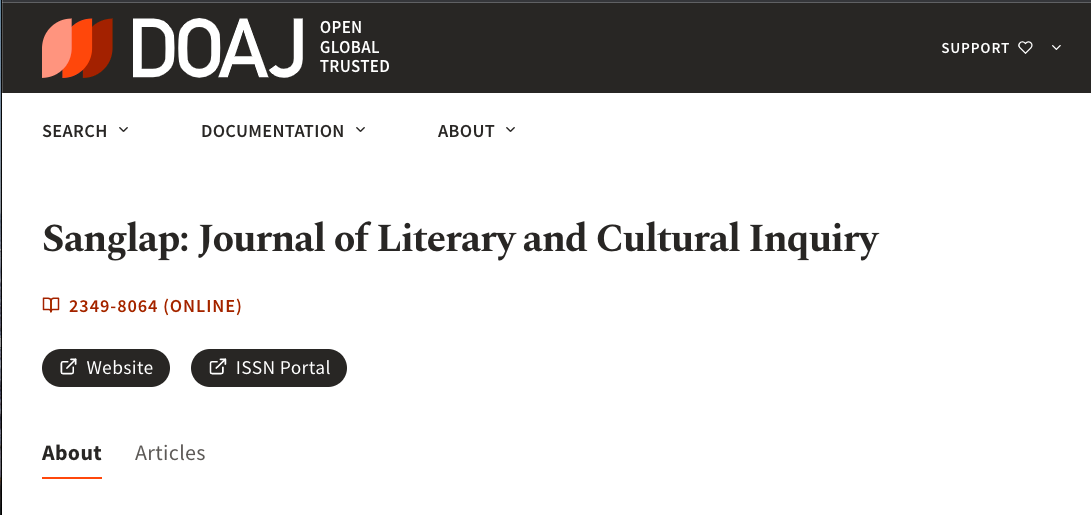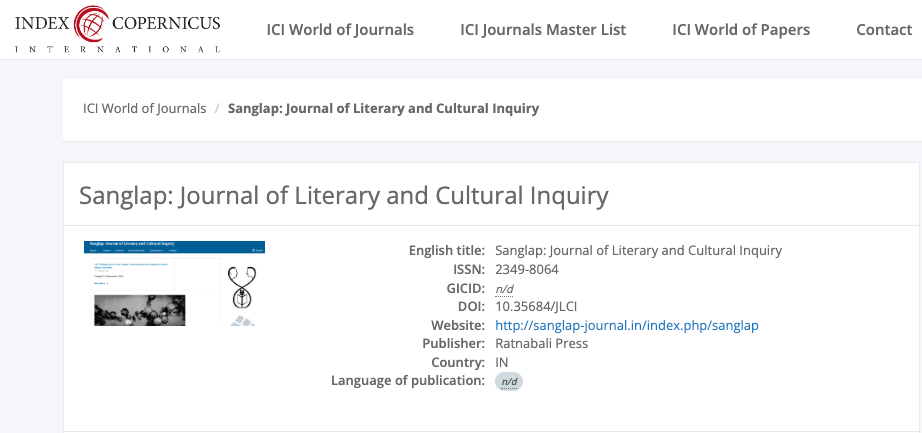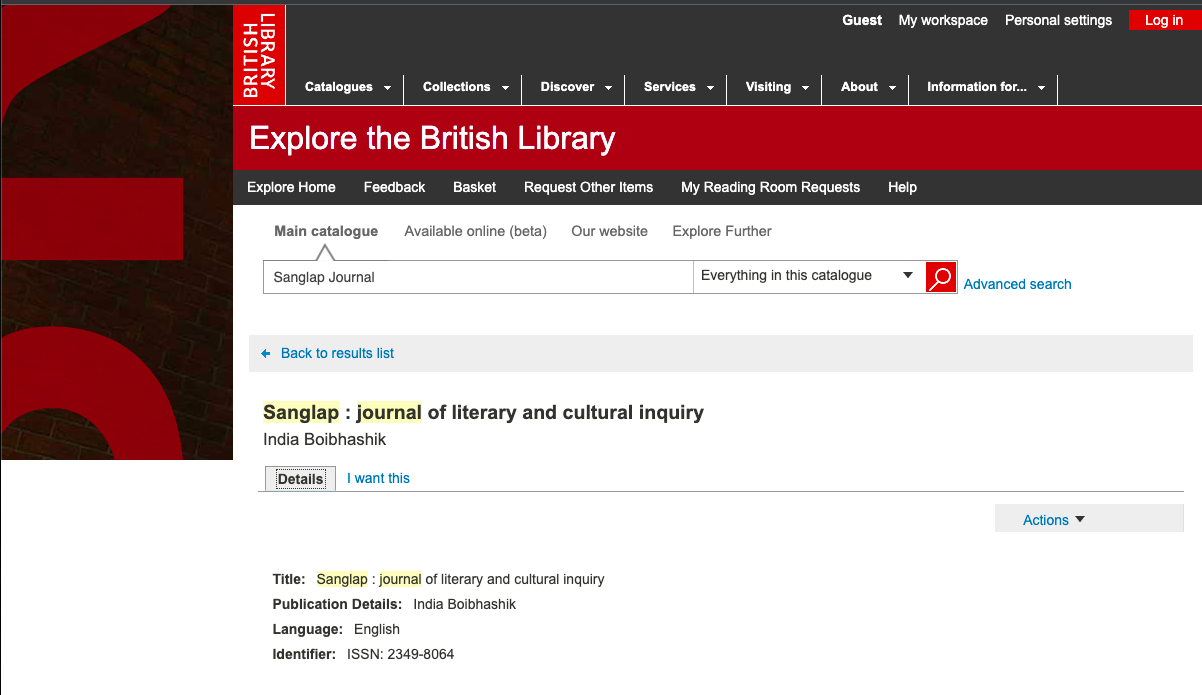Of Being and Belonging
Contextualising ‘Cosubjectivity’ in Easterine Kire’s When the River Sleeps
DOI:
https://doi.org/10.35684/JLCI.2023.9203Keywords:
community, non-human, cosubjectivityAbstract
Easterine Kire, a Naga writer from Northeast India, foregrounds a reconstituted community space where both the individual and the collective meet at a vantage point and non-human forms an integral part of human existence. Such strategic ways of representing the art of inhabiting in terms of valorising ‘cosubjectivity’ and blurring of the visible and invisible worlds continue to be a part of conceptualising and reclaiming ethnic boundaries as she integrates human and non-human in the space of the home. The representation of territoriality and community in her works challenges the conventional idea of the self and anthropomorphism as contextualised in her novel When the River Sleeps. What sets Kire apart is her deep engagement with the world of spirits and non-humans and her constant effort to widen and broaden the conceptualisation of ‘community’ to highlight the practices of collective identity in an inclusive space where mutual solidarity is constantly mediated, and ruptures and discontinuities are celebrated. The paper aims to address the complex nuances of Kire’s poetics of representation and contest the definitive conclusions about boundary formation and boundary spanning, thereby representing a fluid space of social and cultural encounter. As I proceed to argue, Kire’s representation of the idea and space of community is purely deconstructive in nature as she upholds an alternate spatial-cultural ethics, liminal to the core in When the River Sleeps.















